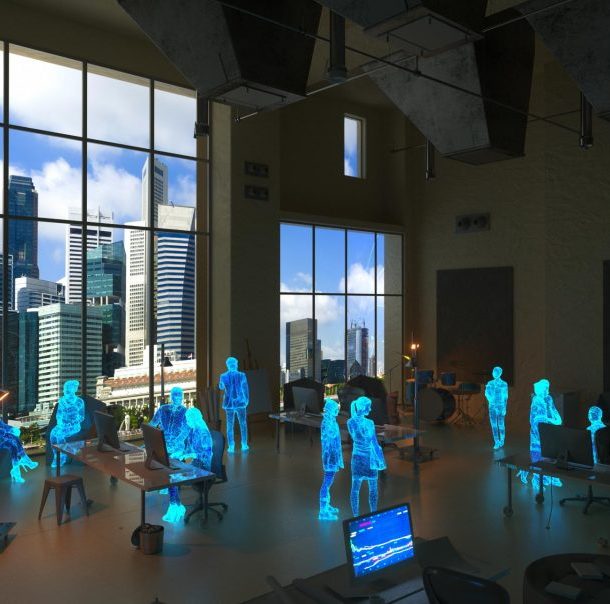
Today’s business world is changing rapidly and this change is also affecting the design of workspaces. In 2024, a number of new trends in workspace design are emerging. Here are the 2024 workspace design trends that will shape the workplaces of the future:
1. Flexible Workspaces
Flexible workspaces are becoming permanent. Companies are taking important steps to make the necessary arrangements for their employees to work in this way and to adapt to the growing hybrid workforce. Employees prefer to have a more comfortable and efficient working experience thanks to modular office furniture and arrangements that can change according to their needs. Companies investing in the future endeavour to design the best workplace solutions suitable for the work and activity-based working model.
By 2023, hybrid working arrangements will cover a significant portion of the workforce. Despite differing forecasts, most of the data suggests that this trend will increase in the coming years. While the prevalence of hybrid working varies depending on location, industry, job role and workplace policies, it is increasingly becoming a dominant model for specialised white collar workers.
Research shows that hybrid employees are happier on-site than full-time employees. This shows that hybrid working has positive effects not only in terms of work efficiency, but also in terms of employee satisfaction and well-being.
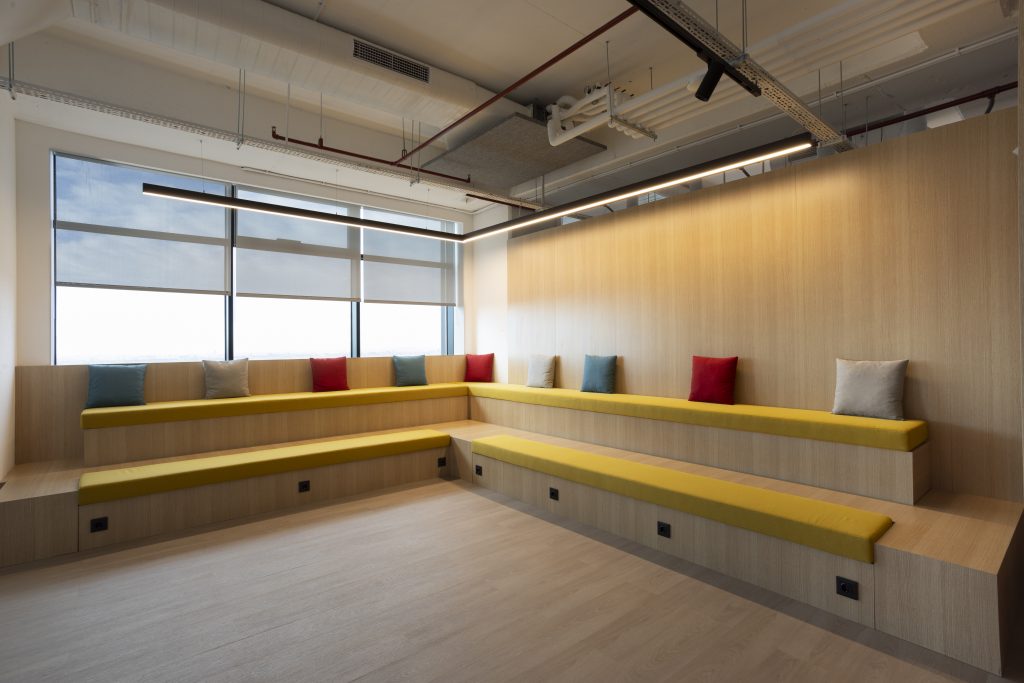
Flexibility and Balance
This change in the business world shows that employers and employees are looking for flexibility and balance. The hybrid working model offers flexibility and efficiency for employers and a more balanced lifestyle and job satisfaction for employees. For this reason, the hybrid working model is expected to become more widespread in the future working arrangements of the business world.
In this process of change, developing flexible and supportive policies that suit the needs of employers and employees is an important step in creating a successful hybrid working environment. In this way, the business world can both increase business efficiency and strengthen the happiness and well-being of employees.
2. Sustainability
In recent years, the issues of how businesses can reduce their environmental impact and incorporate sustainable elements into their workplaces have gained great importance. The issue of sustainability, which is increasing in value day by day, seems to maintain its importance in 2024 and beyond. Focusing on renewable building materials, energy-efficient systems and waste reduction strategies to reduce environmental impact remains one of the priorities of smart office design.
No Compromise on Aesthetics
Designing a sustainable office does not mean compromising on style and aesthetics. On the contrary, sustainable design refers to an approach that uses natural materials for longer life and adopts a circular economy. A good start is to work with suppliers that are committed to carbon neutrality and use recycled materials. If you are thinking of redesigning your office in 2024, you can make a positive impact and reduce your carbon emissions by using the following materials:
- Reclaimed wood: It has a rustic look and is a healthier option for the planet.
- Cork: It is an environmentally friendly material and is becoming a popular choice for flooring.
- Bamboo: It is a more sustainable option than hardwood alternatives and is visually unnoticeable.
- Timber: It has a lower carbon footprint compared to other main building materials.
- Recycled steel: It is an easily mouldable material and provides an appearance similar to clay tiles or wooden tiles.
Workplaces will strive to achieve net zero carbon targets and this will include making climate-friendly decisions in the design process.
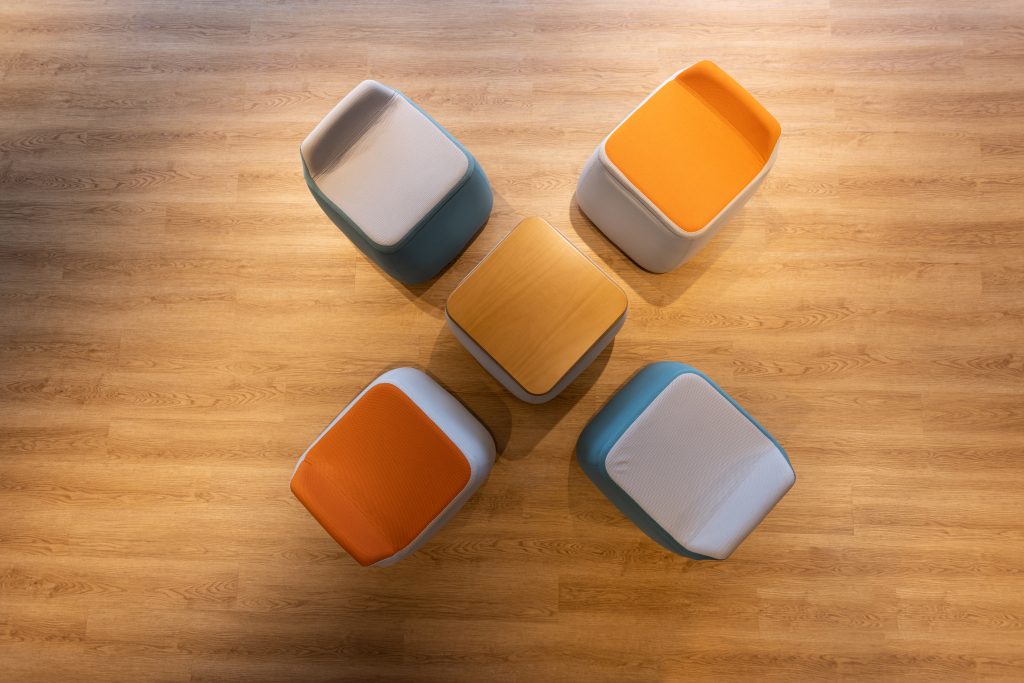
3. Technology Integration
Artificial intelligence has significant potential in determining future office design trends and is notable for enhancing workplace experiences. The following areas include potential trends that could be influenced by AI and change office designs in the future.
- Adaptable Furnishings: Furniture equipped with artificial intelligence can provide personalised ergonomic support by automatically adjusting height, angle and other ergonomic settings according to the needs of the individual.
- Smart Lighting: AI-powered lighting systems can improve comfort and focus by automatically adjusting light levels, colour temperature and direction based on tasks and preferences.
- Immersive Virtual Offices: AI can enable remote workers to work together by creating virtual office environments integrated with VR and AR technologies.
- Digital Concierge Services: AI assistants can optimise office operations such as meeting planning, visitor management, conference room bookings, catering orders, etc.
- Personalised HVAC: HVAC systems using artificial intelligence algorithms can customise ventilation, temperature, humidity and air quality to individual comfort needs.
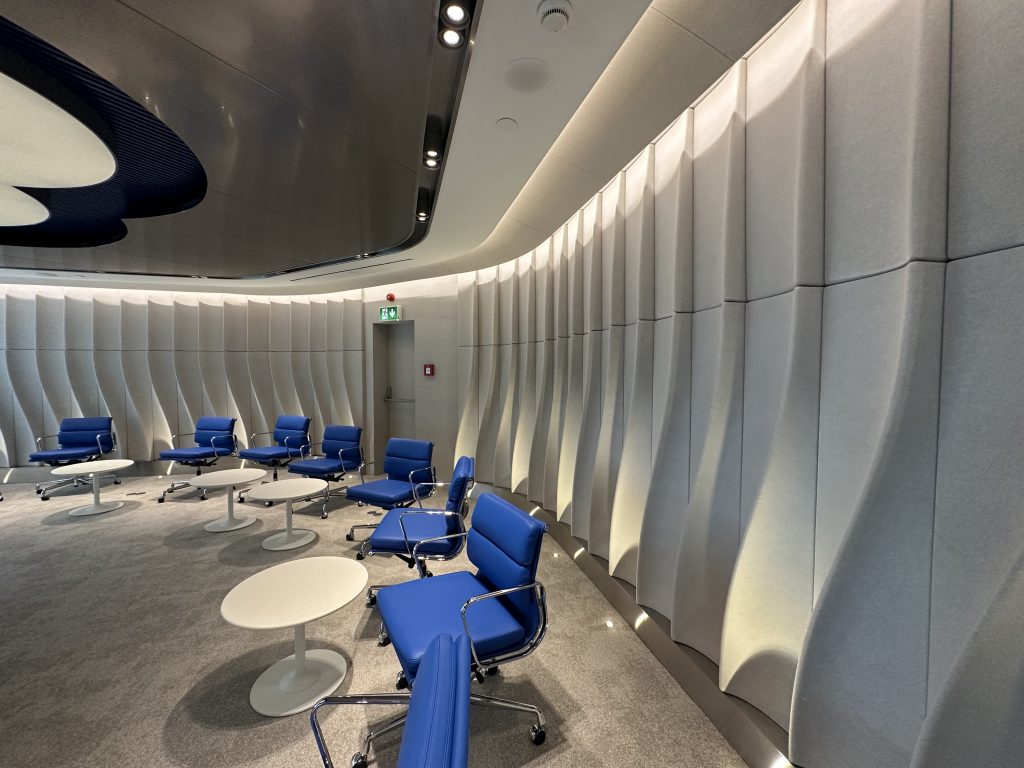
4. Focus on Employee Wellbeing
Employers are increasing their efforts to improve employee well-being. Features such as yoga rooms, relaxation corners and ergonomic furniture will allow employees to reduce stress and work in a happier work environment.
In the coming years, many organisations will need to be proactive in workplace design, considering not only productivity but also culture, community and experience. An ideal workplace design should be considered both from a productivity perspective but also from an HR perspective. Employee engagement, performance and loyalty are closely interrelated. Therefore, providing the right environment not only provides a suitable layout and equipment, but also creates an atmosphere in which employees want to return to work.
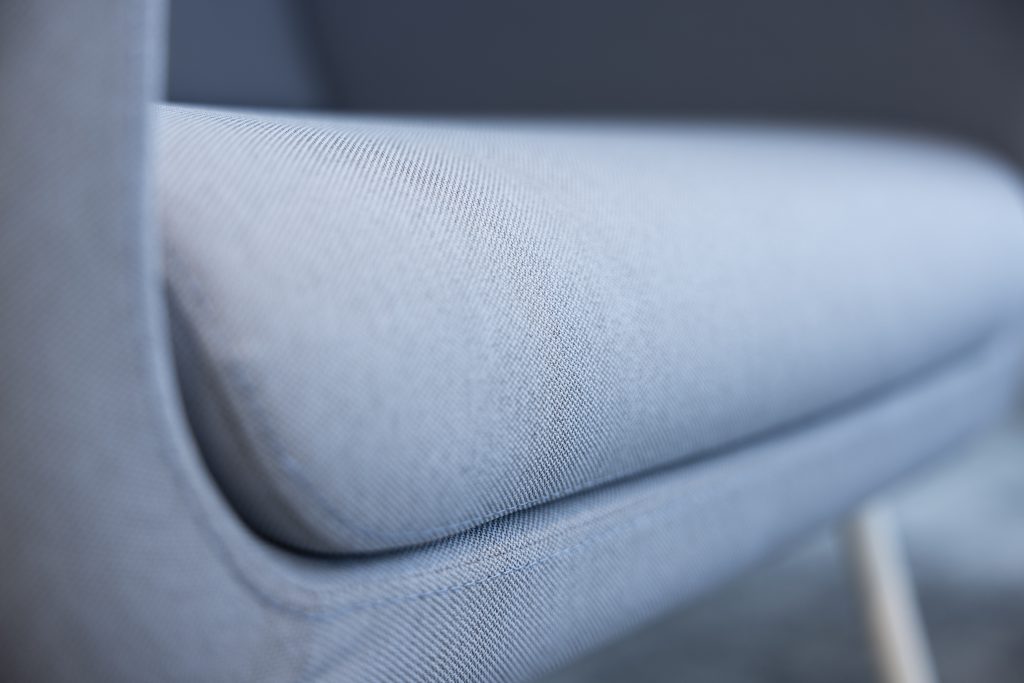
A modern office should support diversity by providing a welcoming and inclusive environment for all. In the coming years, employees will be looking for shared experiences and a sense of belonging, not just the right role and salary.
In the near future, designing the ideal office can be seen as an opportunity to showcase your individuality – your brand purpose, character and values. Make sure this is reflected in the walls, fabric and furniture so that employees can be proud to walk through the door every day, share it on social media and be part of something together. This is not only a component of keeping up with trends, it is key to creating an office culture and a more successful business.
5. Designing with Nature: Biophilic Design
Did you know that connections to nature are becoming increasingly important in workplace design and that research has shown many positive benefits for employees, including reduced stress levels, improved cognitive function, increased creativity, increased mood, improved productivity and reduced sick days?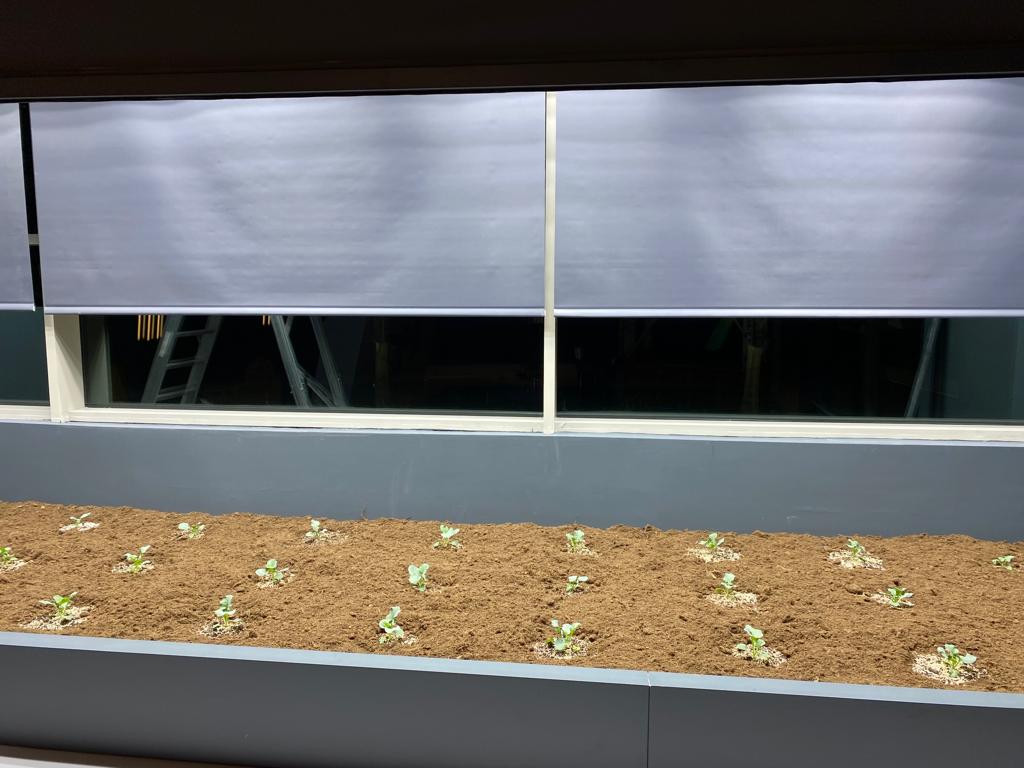
There are different ways to incorporate physical connections to nature into workplace design. The use of plants and greenery is popular because it allows employees to breathe easier and can increase their productivity. Natural light can improve mood and productivity, while water features add a sense of peace and relaxation. Also, the use of natural materials such as wood can create a more organic feel in the workplace.
Opportunities to connect with nature indoors and outdoors are also important. For example, indoor gardens or outdoor seating areas can offer employees the opportunity to relax and enjoy nature. The use of natural shapes should also be considered as part of biophilic design, as they can have calming and stimulating effects.
As a result, workplace designs connected to nature are an important factor for the health, happiness and productivity of employees. Therefore, businesses incorporating these elements into their designs can help them create a healthier and happier working environment.
These trends in workspace design in 2024 reflect the future dynamics of the business world. For employers, keeping up with these trends to increase employee satisfaction and productivity will provide competitive advantage and shape modern work environments.


